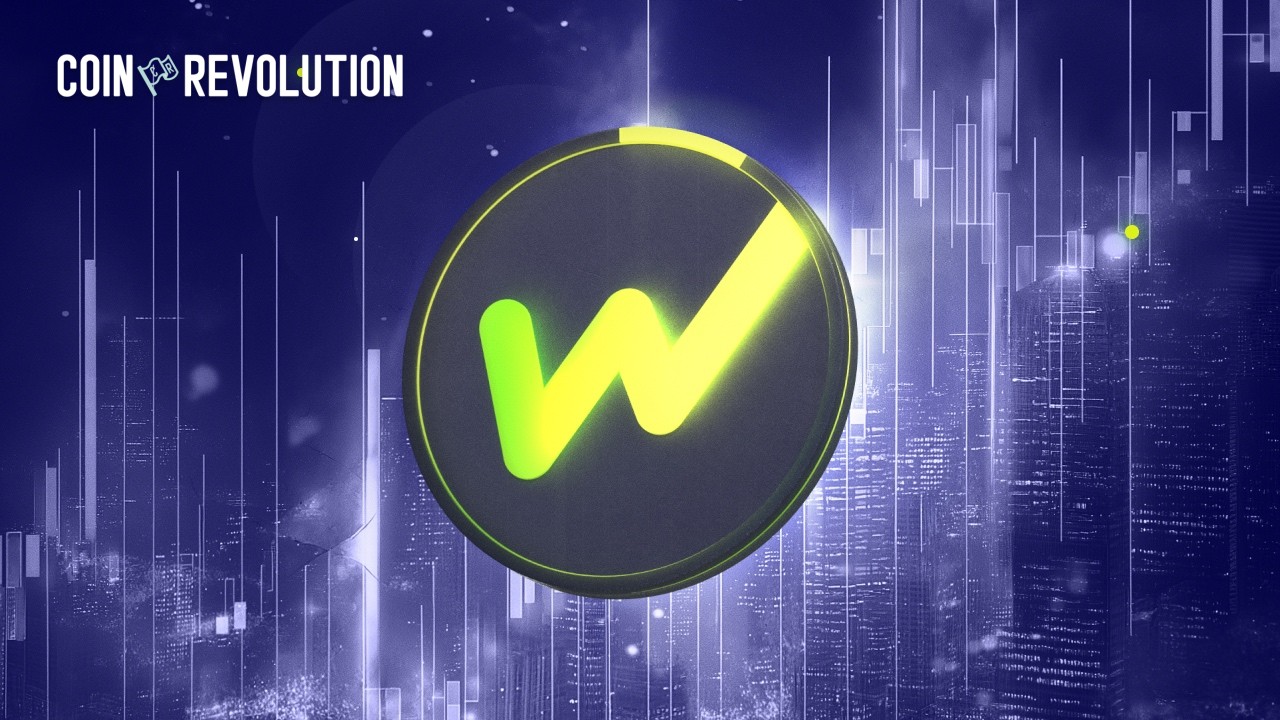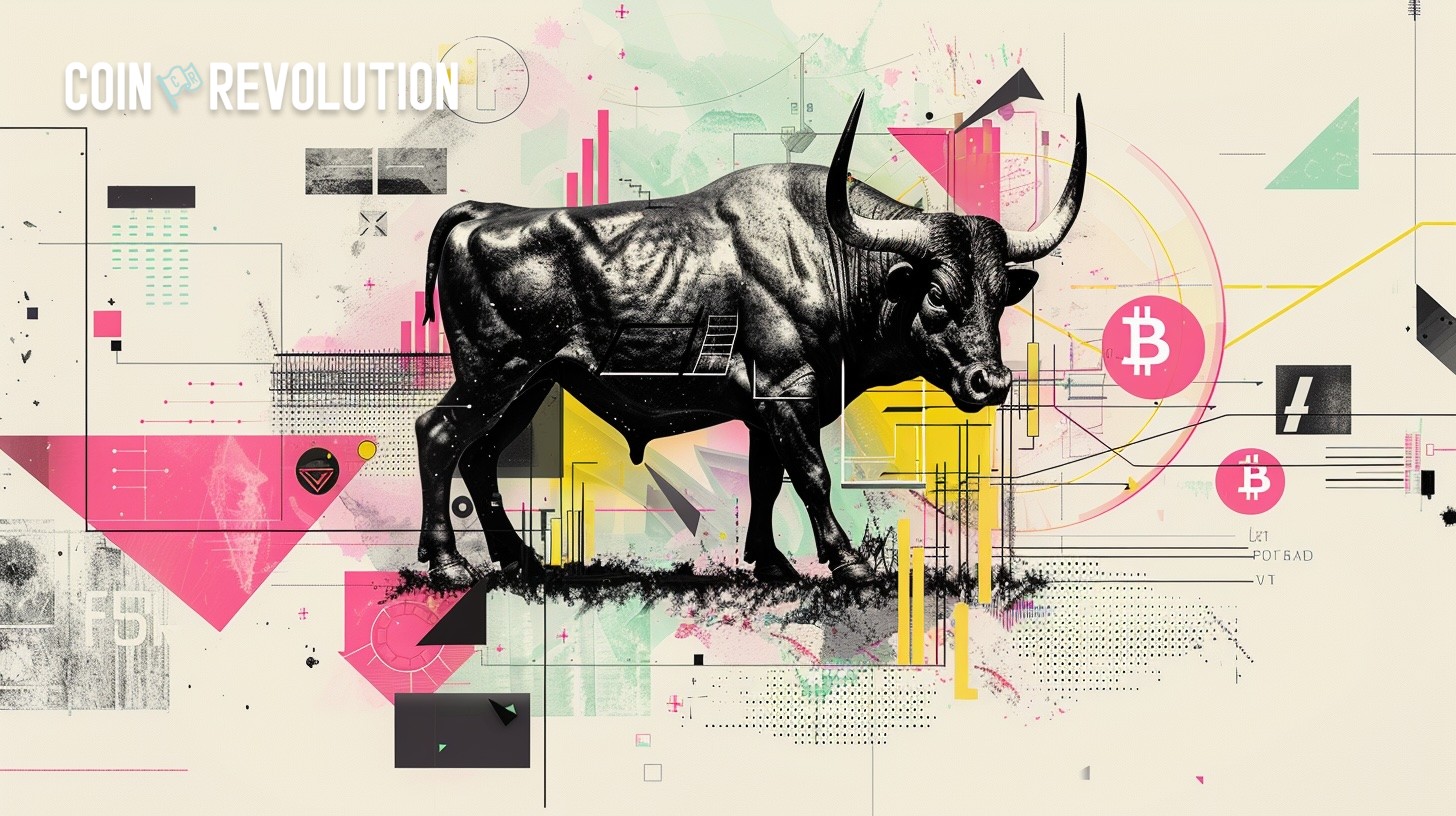What Is A Node In Cryptocurrency

Crypto nodes are the silent operators of blockchain. From storing data to trading tokens, they keep the network running – without a central authority in sight.
On this page
Crypto nodes – meaning and definition
Every blockchain has a backbone, and In crypto, that backbone is built from thousands of independent devices called crypto nodes.
So, what are nodes in crypto? At the simplest level, a node is any computer that connects to a blockchain network. It stores a copy of the ledger, shares data, and ensures every transaction follows the rules. Some just check things (light nodes); others validate blocks or secure consensus.
Do you want to understand: what is a node in blockchain? Think of it like this: if blockchains are cities, nodes are the citizens – independent, distributed, always communicating.
No central server. No master control. Just code, consensus, and a network that stays honest because no one’s in charge.
Trading nodes – meaning and definition
Not all crypto nodes wear the same hat. Some validate blocks, some store history – and some trade.
The so-called trading nodes – not an official type, but a term gaining traction among DEX users and algo traders – aren’t defined by architecture, but by function. These nodes, often RPC endpoints or custom setups, are optimized for speed, connecting to decentralized exchanges to execute trades.
So, what are nodes in crypto in this context? They’re not just watching – they’re acting.
And what is a node in blockchain if not a purposeful participant? Trading nodes automate market moves, from arbitrage bots to liquidity pool access – acting in milliseconds.
They may not appear in whitepapers – but they’re undeniably part of the system.
How do Crypto Nodes Work?
At their core, crypto nodes are the pulse points of a blockchain – syncing, verifying, broadcasting. No central switchboard. No master server. Just a network of independent actors, each keeping the system alive.
So, what is a node in cryptocurrency? It’s a checkpoint. It stores data, relays updates, and enforces rules. Some carry more weight, others just pass the signal – together, they make the network trustless.
In short: nodes crypto are why blockchain doesn’t sleep. No matter where you are, someone’s always keeping the lights on.
Even Bitcoin’s most visible fans get their hands dirty.
In 2021, Twitter founder Jack Dorsey tweeted a simple screenshot with the caption “Running #bitcoin”. No promo. No speech. Just his node syncing on a MacBook – a quiet reminder that crypto still starts with participation.
Once you get past the basics, running a blockchain node is actually pretty fascinating – though it involves some serious behind-the-scenes work. Picture this: when a brand new node wants to join the network, it can’t just jump right in. Instead, it has to go through what’s called an “Initial Block Download” – basically downloading and checking the entire history of the blockchain from other computers on the network.
But here’s the thing – it’s not just mindlessly copying files. The new node has to be like a detective, carefully examining every single transaction that’s ever happened, all the way back to the very first block ever created. Think of it as auditing decades of financial records to make sure nobody cheated or spent the same money twice. Full nodes are especially thorough about this – they literally verify every transaction signature and check that all the math adds up correctly.
This might sound tedious, but it’s actually crucial. This painstaking verification process is what lets everyone trust the system without needing a bank or government to vouch for it. Once a node catches up with all this history, it stays busy listening for new transactions and blocks floating around the network. These get temporarily stored in something called a “mempool” – kind of like an inbox – before miners or validators pick them up to include in new blocks.
The result? Every computer on the network ends up with the exact same, verified copy of every transaction that’s ever happened. No central authority needed – just a bunch of computers all double-checking each other’s work.
Types of Nodes
Crypto nodes networks aren’t powered by just one kind of machine. There’s a whole cast of crypto nodes – some store the full chain, others skim headlines. Some validate, some relay, some even trade. Yes, even trading nodes play a role in this ecosystem.
Light Nodes
Also known as lightweight nodes, these nodes only download the key header of a block, which consists of a summary of a block that contains a hash reference of the preceding block, time of mining, and ID number. Contrary to full nodes, light nodes don’t store all the data; they only download and process a small part of the blockchain. They do, however, play a role in making the network decentralized and are less expensive. They also heavily rely on full nodes.
Full Nodes
These nodes validate all transactions and ensure that they adhere to the protocol. They download all transaction data, block headers, and the entire history of the blockchain. By doing so, full nodes prevent the network from the double-spending issue and check whether every transaction follows the network’s consensus rules, and if not, reject these transactions. Full nodes are also referred to as archival nodes, as they are primary nodes that form the backbone of the blockchain’s network. These nodes host the entire blockchain and ‘archive’ information about every single transaction. Archival nodes can be divided into those that can add blocks and those that cannot.
Mining Nodes
Mining nodes also store all blockchain data. They also utilize equipment and software to process complex mathematical problems that, as a result, adds new blocks to the blockchain, also known as mining. When Bitcoin just emerged, a simple central processing unit was enough to fulfill the task of a mining node, however, as the network grew more complex, the equipment and energy needed to mine Bitcoin grew as well. Miners use a full or light node to prove that they’ve created a new block in the blockchain.
Pruned Full Nodes
A node that ‘prunes’ older blocks and saves space for the user on the hard disk. After downloading the full database, this node will erase all previous blocks and will only leave the recent transactions, as set by its size limit. So if a pruned node can only hold 100 MB of data, it will store the last 100 MB of transactions.
Authority Nodes
Used for networks that aren’t entirely decentralized, these nodes are placed and determined by those who run the network or are voted by the community. Other than that, authority nodes have the same function as full nodes.
Masternodes
Nodes that don’t have the option to add blocks within the blockchain. Masternodes validate and store transactions and may also enable their operators to receive rewards. This would mean that users have to, of course, lock away the network’s native token.
Lightning Nodes
Nodes that are part of software that links the blockchain with the Lightning Network payment protocol. It allows exchanging blockchain data and reduces pressure on the networks by providing faster and cheaper transactions.
Whether you decide to set up a full node and contribute to the network’s security or not, understanding the way blockchain operates might be a useful perk in knowing where the technology is headed and how decentralization may revolutionize financial systems. Nodes are a critical aspect of a working blockchain network. They validate legitimate transactions, create a secure and transparent network, and protect the blockchain against fraud and various other attacks.
The information published on CoinRevolution is intended solely for general knowledge and should not be considered financial advice.
While we aim to keep our content accurate and current, we make no warranties regarding its completeness, reliability, or precision. CoinRevolution bears no responsibility for any losses, errors, or decisions made based on the material provided. Always do your own research before making financial choices, and consult with a qualified professional. For more details, refer to our Terms of Use, Privacy Policy, and Disclaimers.










